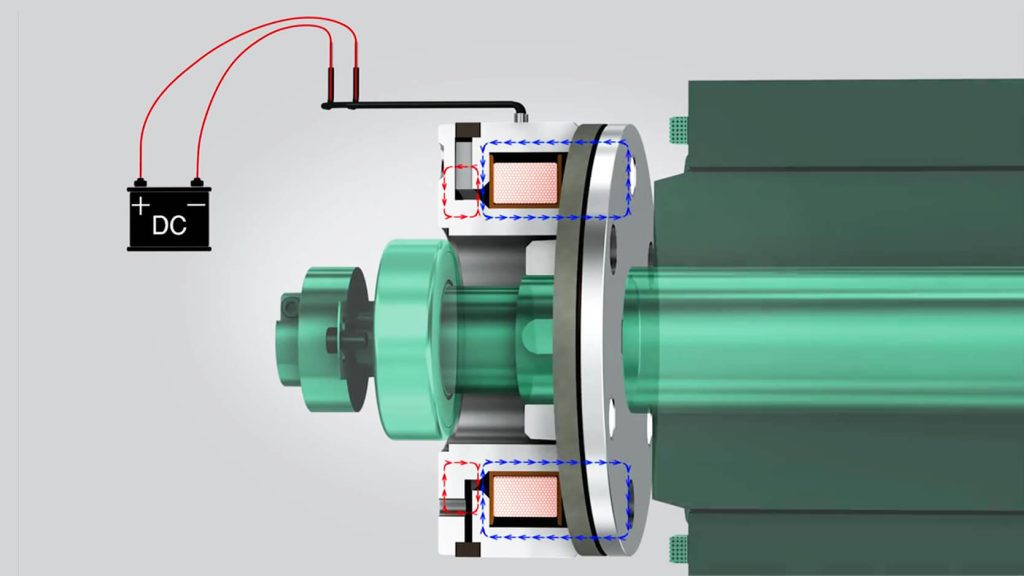In today’s technology, an actuator is critical for driving developments in a variety of disciplines. Actuators play critical roles in converting energy into motion in a variety of industries, including robotics, aerospace, manufacturing, and automotive. The growth of smart technologies and automation has underscored the need for actuators in many various industries, therefore it is necessary to grasp how these devices function, their role in modern systems, and how they serve to advance technology.
What Is an Actuator?
An actuator is a device that transfers energy (usually electrical, pneumatic, or hydraulic) into mechanical motion. Real-world interactions are made possible by actuators bridging control signals with the physical components of a system. In robotics, an actuator moves portions of a robot depending on the orders it receives; in the automotive sector, it handles operations such as valve opening and shutting or automobile seat movement. Depending on the system’s design and usage requirements, the energy an actuator converts into motion comes from electricity, air pressure, or liquid pressure. Modern systems can reach great degrees of accuracy and automation due in large part to this conversion process.
How Actuators Function in Technology
An actuator in a traditional system gets a signal from a control system, which might be a sensor or a computer. When the signal is received, the actuator uses the energy source to produce rotational or linear motion. An actuator moves parts, operates valves, and adjusts locations in a machine. Actuators are frequently paired with sensors to form feedback loops that ensure accurate and responsive movements. Actuators, help regulate machines to ensure the precise movement of components during the manufacturing process. Without actuators, modern technology would be unable to perform physical responsibilities and alterations, significantly decreasing the efficiency of automated systems.
The Types of Energy Used by Actuators
Actuators can make use of numerous kinds of energy sources, each with benefits contingent on the particular needs of a system. For example, their accuracy and control make electric actuators quite popular in many different sectors. These actuators are perfect for uses where precise adjustments are required, like in robotics or laboratory tools, since they depend on electricity to generate motion. Conversely, pneumatic actuators create motion by running compressed air. Common in sectors like packing and food processing, they are commonly found in devices that demand quick, repeated motion. For heavy-duty uses like airplane landing gear or construction equipment, hydraulic actuators are fit as they employ liquid pressure to generate strong motions.
The Role of Actuators in Automation
A fundamental component of the progress in automation is actuators. Automation systems in anything from manufacturing to agriculture mostly rely on actuators to run machines with little to no human involvement. Actuators, let robotic arms, conveyors, and automated assembly lines exactly control production. To provide consistent results, these systems need great degrees of precision and efficiency; thus, actuators are essential in guaranteeing these results. Furthermore, in the sector of agriculture, actuators have made jobs such as irrigation, planting, and harvesting automated, thus increasing production and lowering worker expenses. The demand for actuators able to do more difficult jobs with better accuracy will only grow as automation develops.
The Use of Actuators in Robotics
One of the most fascinating disciplines where actuators are absolutely important is robotics. For movement and environmental contact, robots depend much on actuators. One or more actuators drive every joint, limb, or appendage of a robot so it can do tasks ranging from basic motions to delicate, intricate processes. In humanoid robots, actuators replicate human-like motions, therefore enabling robots to walk, lift items, or use equipment. Actuators from a dependable source can be used in industrial robots to enable exact task execution, such as assembling, painting, and welding. Aside from mobility, actuators are critical in providing input to the control system, allowing the robot to instantaneously adjust its motions in response to changing environmental circumstances.
Conclusion
Actuators play a key role in the operation of modern technologies. Their ability to convert energy into motion allows machines to work autonomously, which improves efficiency and precision in a variety of applications. Actuators have shown to be critical in driving technological advancements in robotics, aerospace, automotive, medical, and mechanical systems. Actuators will remain critical in influencing the course of innovation as the need for smart technology and automation grows. Understanding actuators’ operation and relevance in current systems allows one to assess their impact on daily life and their prospects in emerging technologies.

